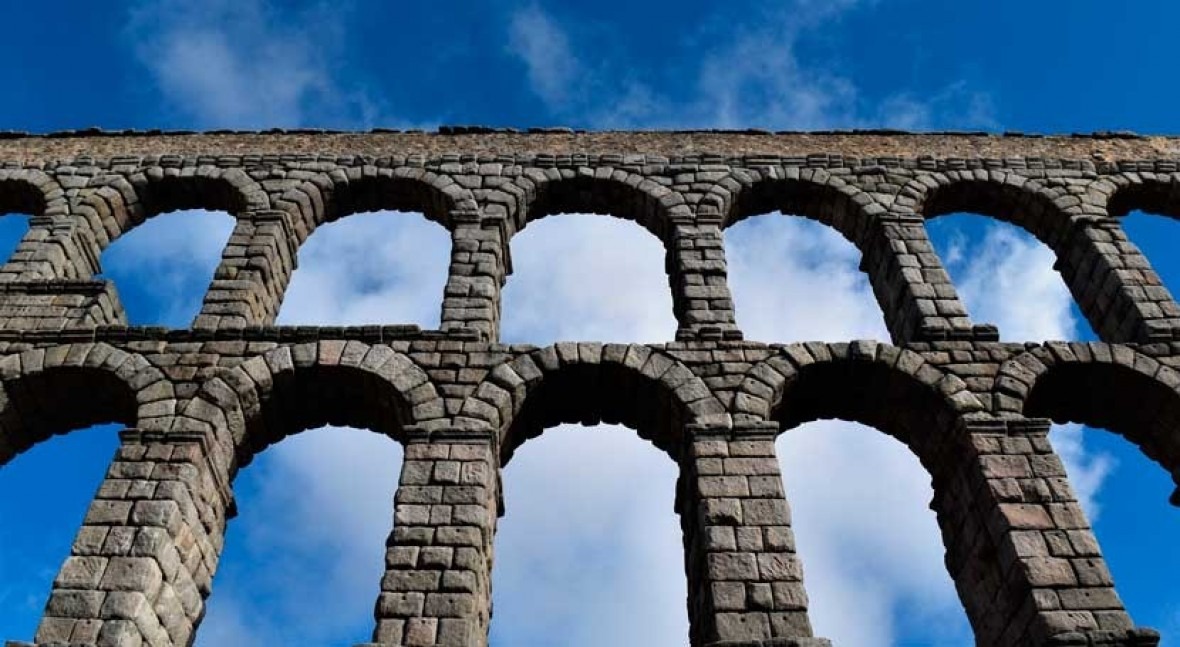If we take a look at my beloved country from the point of view of water resource management, we have before us a real disaster.
Out of the total volume of drinking water in the 500,000 km of the Italian distribution network, 41.4% is lost. In just one year, 3.45 billion cubic metres go to waste.
If we estimate an average consumption of 80 cubic metres per person per year, we are talking about a volume that could meet the needs of 40 million people for a whole year. The first to suffer the consequences are 10% of households that complain about irregularities in the water supply: about 2.6 million families. Italians pay for the economic costs, about 4 billion euros, because this is potable water that has already undergone a costly treatment.
Where is water wasted
The cities that are doing better, without important losses, are just 6.5%, whereas 7.5% of Italian municipalities waste more than 70% of the water. At the top of the ranking we find Frosinone, where network losses amount to 75% of the water, from the raw water supply system to condominiums.
Potenza (68.8%), Cagliari (59.3%), Palermo (54.6%) and Bari (52.3%) follow. But even in the large urban centres in the centre and north of Italy the situation is worrisome: Florence (47.1%), Trieste (46.8%), Rome (44.1%) and Perugia (41.4%).
If we look at the regions, the data are appalling: in Friuli, Umbria, Lazio, Abruzzo, Molise, Campania, Apulia, Basilicata, Sardinia and Sicily the losses exceed 60%. In Sicily, where there are chronic issues with the water supply, in all municipalities there are water tanks on the roof to have water available. Particularly in the summer, households organise turns to do the laundry and take showers because the taps run dry for entire days. This has happened for decades, and nothing has been done about it.

Old pipelines with no maintenance
This huge waste of water is due to the poor condition of pipelines, especially in the final stretch of the network, distributing water to consumers. It has to do with the ageing system: about 60-70% of the water network is more than 30 years old, and 25% is more than 50 years old. As a result, there are more and more pipelines that break, causing sudden flooding and the closure of city streets to traffic. But doing something about Italian water conveyance infrastructure takes time and costs money.
The Water Research Institute of the Italian National Research Council (IRSA) is adamant about it: 'Structural maintenance activities should be carried out every year, through a scheduled system that includes regular assessments. If management entities find it difficult to carry out such maintenance because they must obtain profits, regulations have to be amended to ensure maintenance does take place, and when service interruptions exceed a certain threshold, we must ensure maintenance work can be undertaken. Such deterioration cannot continue'.
Technologies that help
Very few entities use smart technologies, such as 'smart meters' that can provide consumption information every minute, recording any anomalies. For years, instruments such as geophones, thermal imaging cameras, endoscopes and ground-penetrating radars have been available, as well as robots that, when introduced in the network, can see the losses, assess them and repair them. Having comprehensive information about consumption would even allow planning 'working pressure management'. For example, in a commuter town, where water consumption is very low during the day, the water pressure could be reduced, thereby reducing the losses during eight hours a day.
How much does it cost to repair the network?
In the 2018 national budget, the government approved a plan allocating 50 million every year from 2018 to 2022. A portion of that money will be invested to address the losses in water conveyance infrastructure. To date, however, the Infrastructure Ministry has said that the competent authority is finalising investments, and the activities will be then identified. Which is like saying that we would allocate some resources first, to then evaluate what is urgently needed. It should be the other way around, but, how much is needed to repair the network? According to the Federation of water utilities, 3 billion are necessary for maintenance work.
In Italy we do not have the resources, nor are we rushing about: currently the water network is renovated at a rate of 3.8 km per year. At this pace, Utilitalia estimates that we would need 250 years to restructure the thousands of kilometres of pipelines. On the other hand, we have the cheapest water bills in Europe, even though tariffs have increased by 30% in the last five years. On average, 1.10 euros per cubic metre, compared with 4.90 in Berlin, 4.13 in Oslo, or 3.19 in Paris. So, why should we worry now? We will worry when water, which is not an endless resource, starts to run out, and paying more for it will not be enough to have it.




